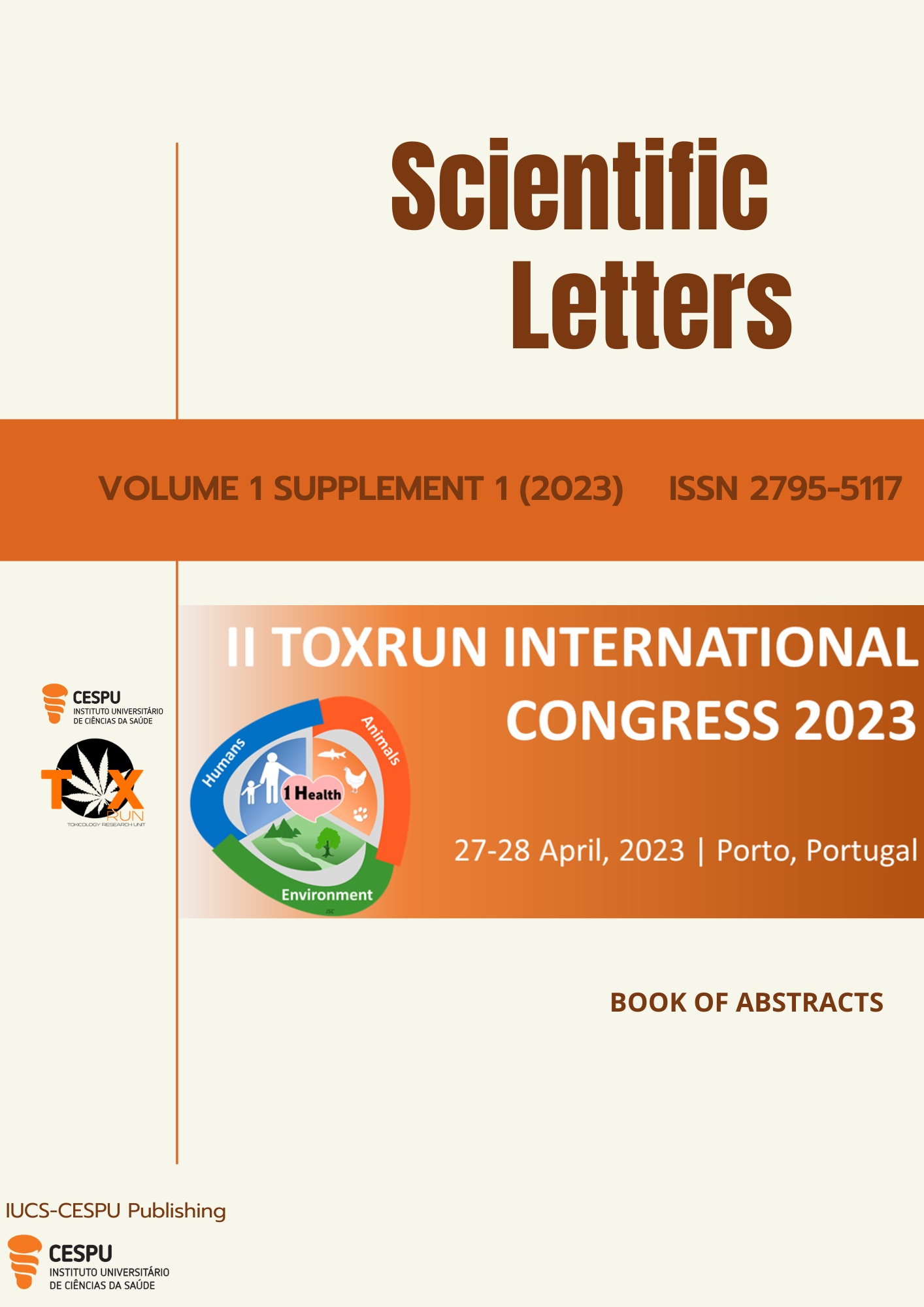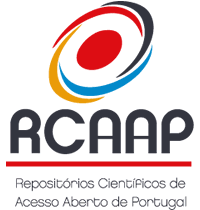Effects of methylenedioxypyrovalerone (MDPV) in avoidance behaviour and reproduction on the earthworm Eisenia fetida
DOI:
https://doi.org/10.48797/sl.2023.14Keywords:
PosterAbstract
Background: The excessive use of psychoactive substances (PAS) is a global problem that directly and indirectly affects human, animal health and environment [1], related with “one health” concept. These substances and their metabolites enter in the wastewater through human excretion and consequently into water systems. The sewage sludge produced in wastewater treatment plants can be used as amendment in agricultural soils leading to their contamination [2]. Methylenedioxypyrovalerone (MDPV) is a recent PAS known as “bath salts” [3] found in recreational settings. Due to the increase of PAS in soil, it is important to evaluate its toxic effects on soil organisms, like the earthworm Eisenia fetida, considered soil health bioindicators and an ecologically significant model species [4]. Objective: The study aim was to assess the impact of MDPV on the behaviour and reproduction of E. fetida. Methods: Following the procedures described in the ISO 17512-1, dual chambre Avoidance Tests were conducted for 48 hours, using adults E. fetida that were exposed to combinations of uncontaminated soil and contaminated soils with different MDPV concentrations (25, 250, and 2500 µg/kg). Additionally, a Reproduction Test was carried out using the same earthworm species and MDPV concentrations, over 56 days, following the procedures described in ISO 11268-2. In both tests, treatments were conducted in triplicate. Results: No statistically significant effects were observed on either avoidance behaviour or reproduction assays of adult earthworms exposed to the different concentrations of MDPV. Conclusions: Our data suggest that the MDPV concentrations tested do not induce adverse effects on avoidance behaviour and reproduction at concentrations lower or equal to 2500 µg/kg. Thus, the results suggest that no negative effects will be observed on earthworm populations exposed to MDPV. Nevertheless, it can be useful to assess MDPV effects on other key fauna organisms representing other taxonomic groups, like mites and collembolans.
References
1. Cunha, D.L., F.G. de Araujo, and M. Marques, Psychoactive drugs: occurrence in aquatic environment, analytical methods, and ecotoxicity—a review. Environ. Sci. Pollut. Res. 2017, 24(31): p. 24076-24091.
2. Govindarasu, P., Illicit drugs: environmental occurrence, fate and toxicity. Newcastle. University of New-castle, Faculty of Science & Information Technology, Global Centre for Environmental Remediation, University of Newcastle Research Higher Degree Thesis, 2016.
3. Baumann, M.H., et al., Powerful cocaine-like actions of 3, 4-methylenedioxypyrovalerone (MDPV), a prin-cipal constituent of psychoactive ‘bath salts’ products. Neuropsychopharmacology 2013, 38(4): p. 552-562.
4. Chen, X., et al., Oxidative stress responses and insights into the sensitivity of the earthworms Metaphire guillelmi and Eisenia fetida to soil cadmium. Sci. Total Environ. 2017, 574: p. 300-306.
Downloads
Published
How to Cite
Issue
Section
License
Copyright (c) 2023 O. Ribeiro, J. Ferreira, J. R. Sousa, T. Natal-da-Luz, C. Ribeiro, J. S. Carrola

This work is licensed under a Creative Commons Attribution 4.0 International License.
In Scientific Letters, articles are published under a CC-BY license (Creative Commons Attribution 4.0 International License), the most open license available. The users can share (copy and redistribute the material in any medium or format) and adapt (remix, transform, and build upon the material for any purpose, even commercially), as long as they give appropriate credit, provide a link to the license, and indicate if changes were made (read the full text of the license terms and conditions of use).
The author is the owner of the copyright.









